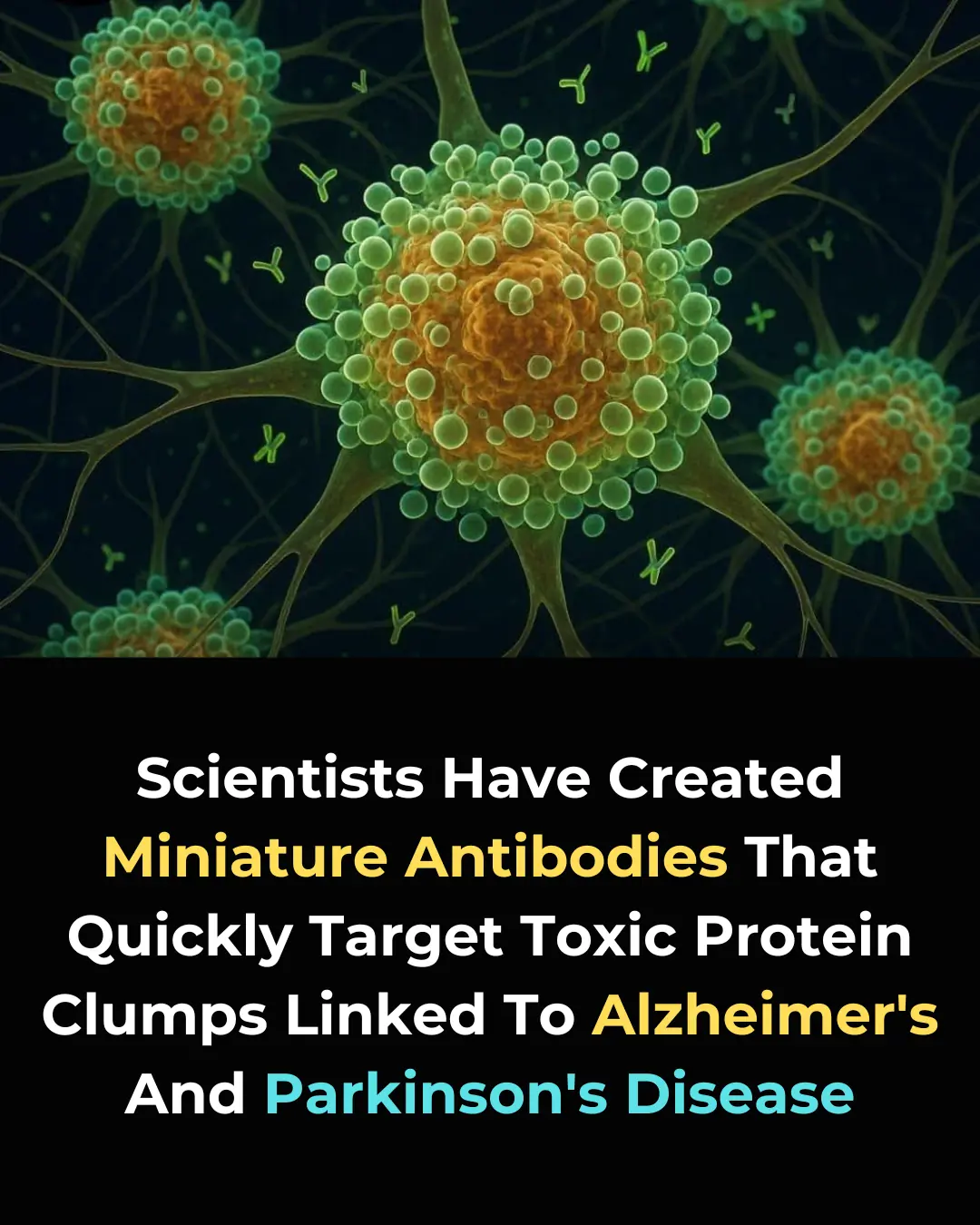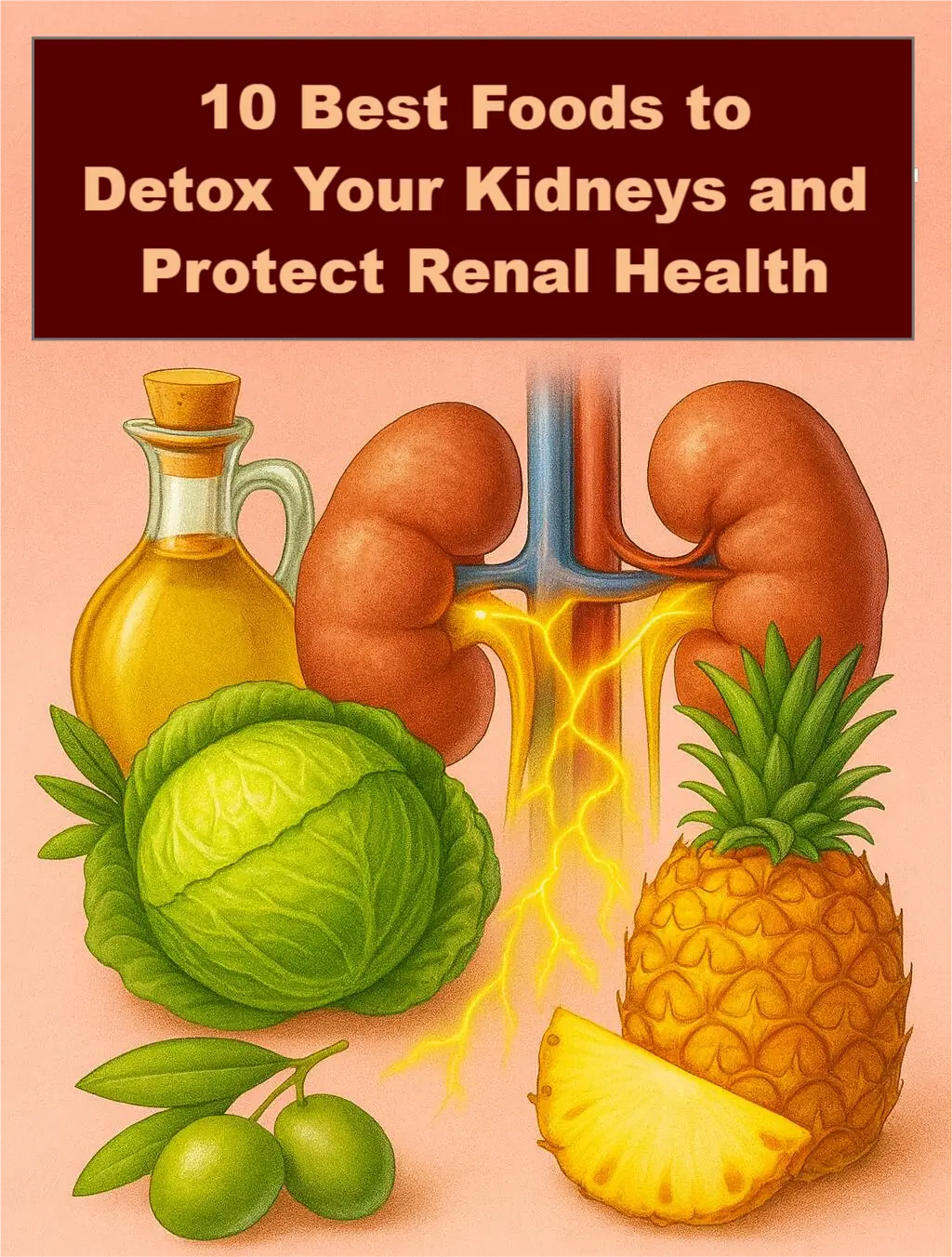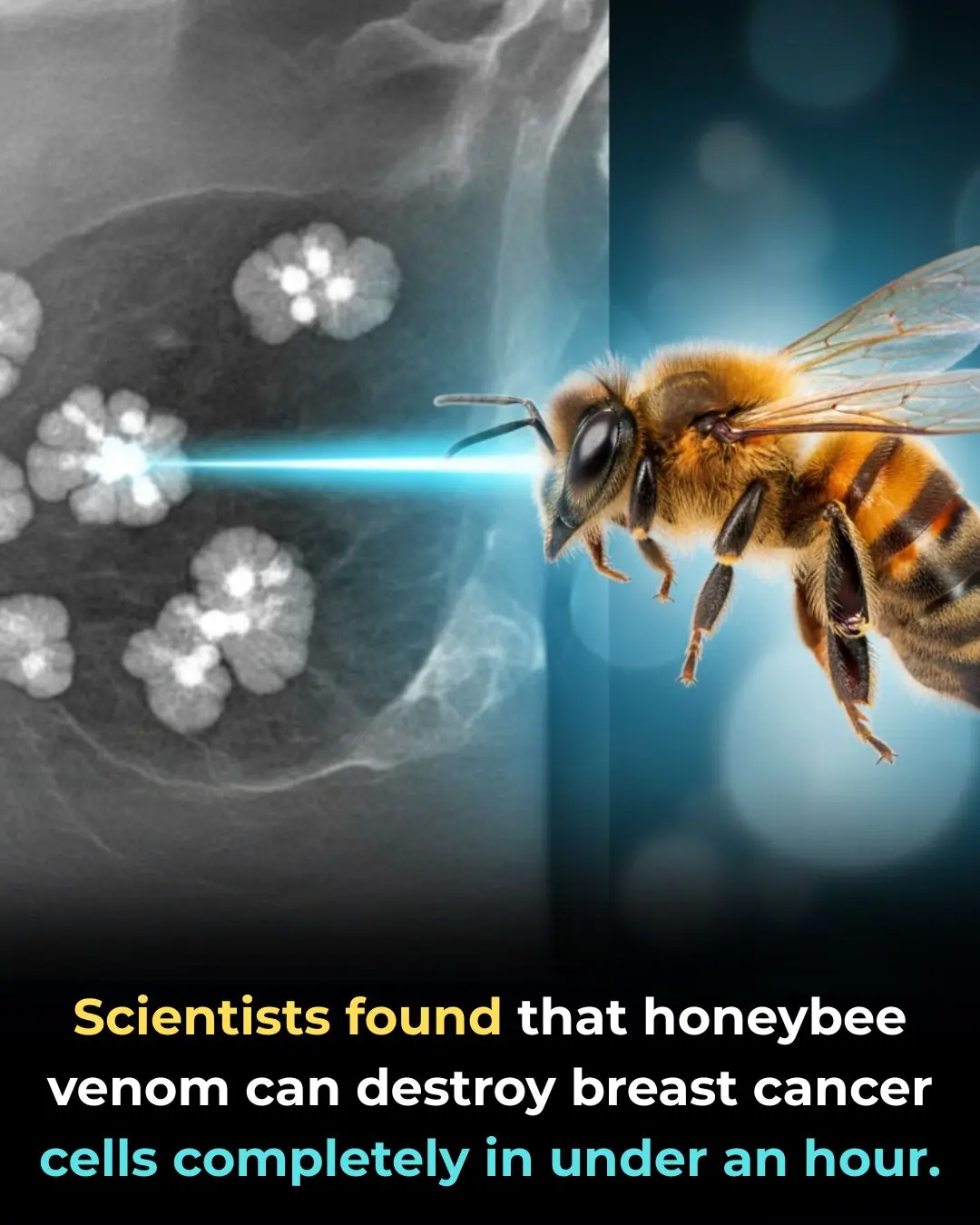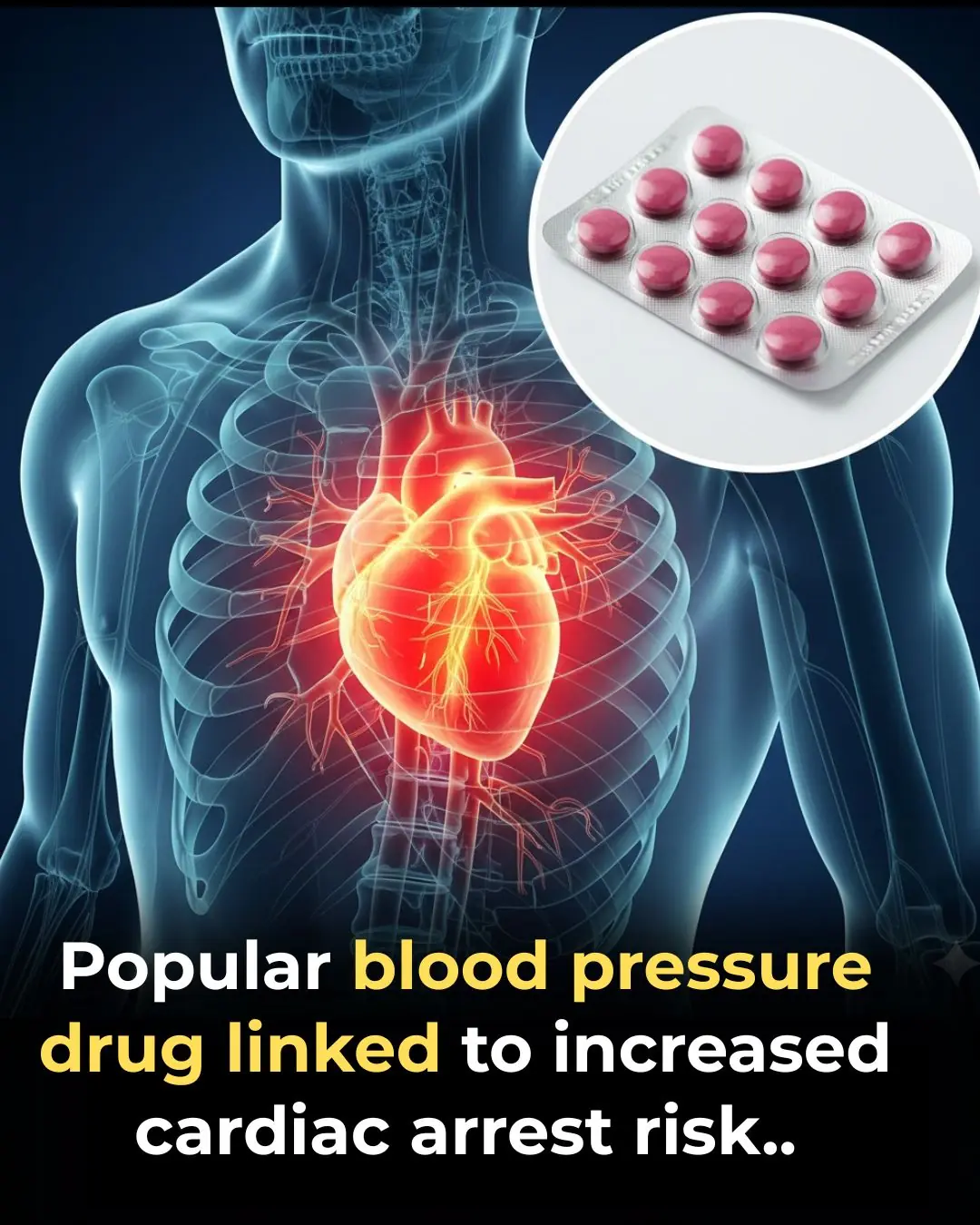
This carb is more damaging to your blood sugar than pure sugar

What if I told you that the most dangerous carbohydrate on the planet isn’t sugar? Not even close. There’s a hidden carb that spikes your blood sugar faster and higher than pure sugar — yet it’s not even labeled as one. This stealth ingredient is a major driver of type 2 diabetes, fatty liver disease, and visceral fat, the dangerous fat that surrounds your organs. It disrupts your gut microbiome, feeds harmful bacteria, and triggers chronic inflammation throughout your body.
The shocking part? It’s everywhere. It hides in gluten-free snacks, baby formula, salad dressings, baked goods, and even hot dogs. It’s marketed with “zero sugar” labels that fool millions into thinking it’s healthy. Meanwhile, the average person consumes between 65 and 250 pounds of this ingredient every year without realizing it.
This invisible threat is called industrial starch — including modified food starch, corn starch, and maltodextrin. These ultra-refined fillers are cheap, government-subsidized, and form the foundation of the processed food industry. Let’s explore how they became so widespread and why they may be even more damaging than sugar itself.
Key Takeaways
Industrial starch is the real culprit. Highly processed starches like maltodextrin and modified food starch cause sharper blood sugar spikes than table sugar.
It drives chronic disease. These ingredients contribute to insulin resistance, diabetes, fatty liver, inflammation, and obesity.
It hides in plain sight. Labels can legally say “0g sugar” while still being loaded with these starches, which your body instantly converts into glucose.
It’s made with industrial chemicals. Modified starches are treated with bleach, acids, and synthetic compounds that have never been long-term tested for safety.
It becomes toxic when fried or baked with seed oils. When combined with oils like soy, corn, or sunflower and exposed to heat, starch forms harmful compounds that damage your cells.
1. What Exactly Is This “Hidden Carb”?
When you think of starch, you might picture potatoes or rice — natural carbohydrates found in whole foods. But industrial starch is something entirely different. It’s a highly refined industrial powder, stripped of nutrients and chemically altered to improve texture and shelf life.
You’ll see it listed as modified food starch, corn starch, wheat starch, or maltodextrin. In whole foods, starch molecules are surrounded by fiber, vitamins, and minerals that slow digestion and stabilize blood sugar. But in industrial starch, all that has been stripped away. The result is a hyper-processed powder that your body breaks down into pure glucose almost instantly.
Research shows that refined starches can cause a faster and higher blood sugar spike than table sugar itself (American Journal of Clinical Nutrition, 2022).
2. How It Damages Your Metabolism
That rapid glucose surge forces your pancreas to release a flood of insulin. When this happens repeatedly, your cells stop responding to insulin — leading to insulin resistance. Over time, excess sugar is converted into fat, especially visceral fat around your organs, which increases inflammation and disease risk.
Your liver also suffers. Constant insulin spikes push it to store more fat, eventually leading to fatty liver disease — now common even in children.
Industrial starch doesn’t just affect blood sugar. It feeds harmful gut bacteria, disrupts your microbiome, and increases inflammation in your intestines. It also raises levels of small, dense LDL cholesterol, the type most strongly linked to plaque buildup in arteries (Journal of Lipid Research, 2023).
Why is it used so widely? Because it’s incredibly cheap. Industrial starch costs just a few cents per pound and adds bulk, texture, and “body” to foods, allowing manufacturers to produce massive profits from low-quality ingredients.
3. How to Spot It on Labels
This ingredient hides in plain sight. You can pick up a product that says “0g sugar” — yet it’s loaded with starch that turns into sugar once digested. Starch isn’t required to be listed as sugar; instead, it appears under total carbohydrates.
To detect it, you must check the ingredients list. Look for words like:
Modified food starch
Modified corn starch
Maltodextrin
Corn starch
Wheat starch
Potato starch (in chips, soups, or processed foods)
You’ll find it in gluten-free crackers, protein bars, salad dressings, soups, frozen dinners, baby formula, and even hot dogs. Once you start reading labels carefully, you’ll realize how widespread it is.
4. The Chemical Process Behind Industrial Starch
The word “modified” is a red flag. Industrial starches don’t come from nature — they’re created in laboratories using chemical solvents and bleaches.
Common processing agents include sodium tripolyphosphate (linked to kidney stress), vinyl acetate (a possible human carcinogen), and sodium hypochlorite (bleach). These chemicals alter the starch to make it more heat-stable or extend its shelf life.
Under current food laws, many of these additives are classified as “Generally Recognized As Safe” (GRAS), which allows companies to self-certify safety without independent long-term testing. Essentially, the public becomes part of an ongoing experiment — one that has never been properly studied for lifetime exposure.
5. The Dangerous Combination of Starch and Seed Oils
Industrial starch becomes far more toxic when paired with industrial seed oils like soy, corn, canola, or sunflower oil — a combination found in most processed snacks.
When these two ingredients are heated together, they create advanced glycation end products (AGEs) and oxidized lipids. These compounds accelerate aging, inflame tissues, and damage arteries (Nutrition & Metabolism Journal, 2023).
Take a look at common snacks:
Potato chips are about 65% starch and 30% seed oil.
Crackers are around 70% starch and 25% oil.
Breakfast cereals often exceed 80% starch and contain added sugar and oil.
Even bread can be 75% starch with up to 15% added oil.
This combination creates oxidative stress and chronic inflammation — the foundation of metabolic disease.
6. The Scale of Overconsumption
Ultra-processed foods make up the majority of calories in modern diets, especially among children and teens. Children now get roughly 65% of their daily calories from these foods, consuming about 55 pounds of industrial starch per year. Teenagers eat even more — over 100 pounds annually. Adults average close to 70 pounds.
While sugar gets most of the blame, starch actually accounts for most of the carbohydrates in processed foods — often 60 to 75 percent of total calories. It’s the unseen fuel feeding today’s epidemic of obesity, diabetes, and chronic disease.
Conclusion
Food should nourish, sustain, and repair the body. Industrial starch does the opposite. It’s an anti-nutrient — a chemically altered filler that displaces real food and harms your metabolism.
The processed food industry markets it as harmless, but the evidence says otherwise. It spikes blood sugar faster than sugar itself, inflames the gut, feeds harmful bacteria, and contributes to long-term disease.
The first step toward better health is awareness. Don’t just look at the “sugar” line on a nutrition label — read the ingredients list. If you see terms like maltodextrin or modified food starch, put the product back.
Choose real foods — those that grow in nature, not in factories. By cutting out industrial starch, you’ll not only stabilize your blood sugar but also restore energy, clarity, and longevity to your life.
News in the same category


Reducing Meat Consumption by 90%: A Critical Step to Combat Climate Change and Ensure Global Sustainability

Revolutionary Nanobodies Offer New Hope for Alzheimer’s and Parkinson’s Disease Treatment

Gray Wolves: The Remarkable Lifelong Bond Between Mates and Their Role in Pack Survival

Sebastian Errazuriz’s Robotic Dogs: A Satirical Commentary on Tech Billionaires and the NFT Market

Voyager Spacecraft: A 40-Year-Old Marvel of Engineering Exploring Interstellar Space

How the U.S. Escaped Hurricane Landfalls in 2025

Ancient Shark Fossils Unearthed in Mammoth Cave Rewrite 325 Million Years of Evolutionary History

How an Italian Police Lamborghini Huracán Helped Save Lives by Delivering Kidneys Across Italy

Can Spinal Screws Push Through the Skin? Understanding a Rare but Serious Post-Surgery Complication

Why the Tongue Is One of the Most Important Organs in the Human Body

What You Do First in This Scenario

Small Steps, Big Impact: How 4,000 Steps a Day Can Transform Your Health

Rising Concerns Over Excessive Headlight Brightness: A Growing Challenge for Nighttime Driving Safety in the UK

Unwavering Loyalty: The Stray Dog's Final Journey of Love and Devotion

Revolutionary MRI-Guided Cryoablation Offers Non-Invasive Cancer and Pain Treatment in Sydney

So this is what it does, here is the answer

Scientists Unlock Healing Potential of Wisdom Teeth: Stem Cells for Regenerative Medicine

1054 Supernova: The Cosmic Explosion That Shaped the Crab Nebula

The zodiac signs with a supernatural sixth sense… See now
News Post

10 Best Foods to Detox Your Kidneys and Protect Renal Health

Honeybee Venom Can Destroy Breast Cancer Cells in Under an Hour — A Breakthrough That Could Transform Modern Medicine

Love Can Literally Make Your Body Crave More Sleep — Here’s the Science Behind It

A Revolutionary German Gel May Repair Joints Naturally—Potentially Eliminating the Need for Surgery

The Power of Clove Steam Inhalation (Respiratory Relief You Can Feel Immediately)

Peter Tabichi: The Kenyan Teacher Who Became the World's Best by Inspiring Change and Giving Back

Reducing Meat Consumption by 90%: A Critical Step to Combat Climate Change and Ensure Global Sustainability

Revolutionary Nanobodies Offer New Hope for Alzheimer’s and Parkinson’s Disease Treatment

Gray Wolves: The Remarkable Lifelong Bond Between Mates and Their Role in Pack Survival

Sebastian Errazuriz’s Robotic Dogs: A Satirical Commentary on Tech Billionaires and the NFT Market

Voyager Spacecraft: A 40-Year-Old Marvel of Engineering Exploring Interstellar Space

Popular blood pressure drug linked to increased cardiac arrest risk

How the U.S. Escaped Hurricane Landfalls in 2025

Ancient Shark Fossils Unearthed in Mammoth Cave Rewrite 325 Million Years of Evolutionary History

Powerful Health Benefits of Pineapple You Should Know

How an Italian Police Lamborghini Huracán Helped Save Lives by Delivering Kidneys Across Italy

Can Spinal Screws Push Through the Skin? Understanding a Rare but Serious Post-Surgery Complication

Why the Tongue Is One of the Most Important Organs in the Human Body

What You Do First in This Scenario
